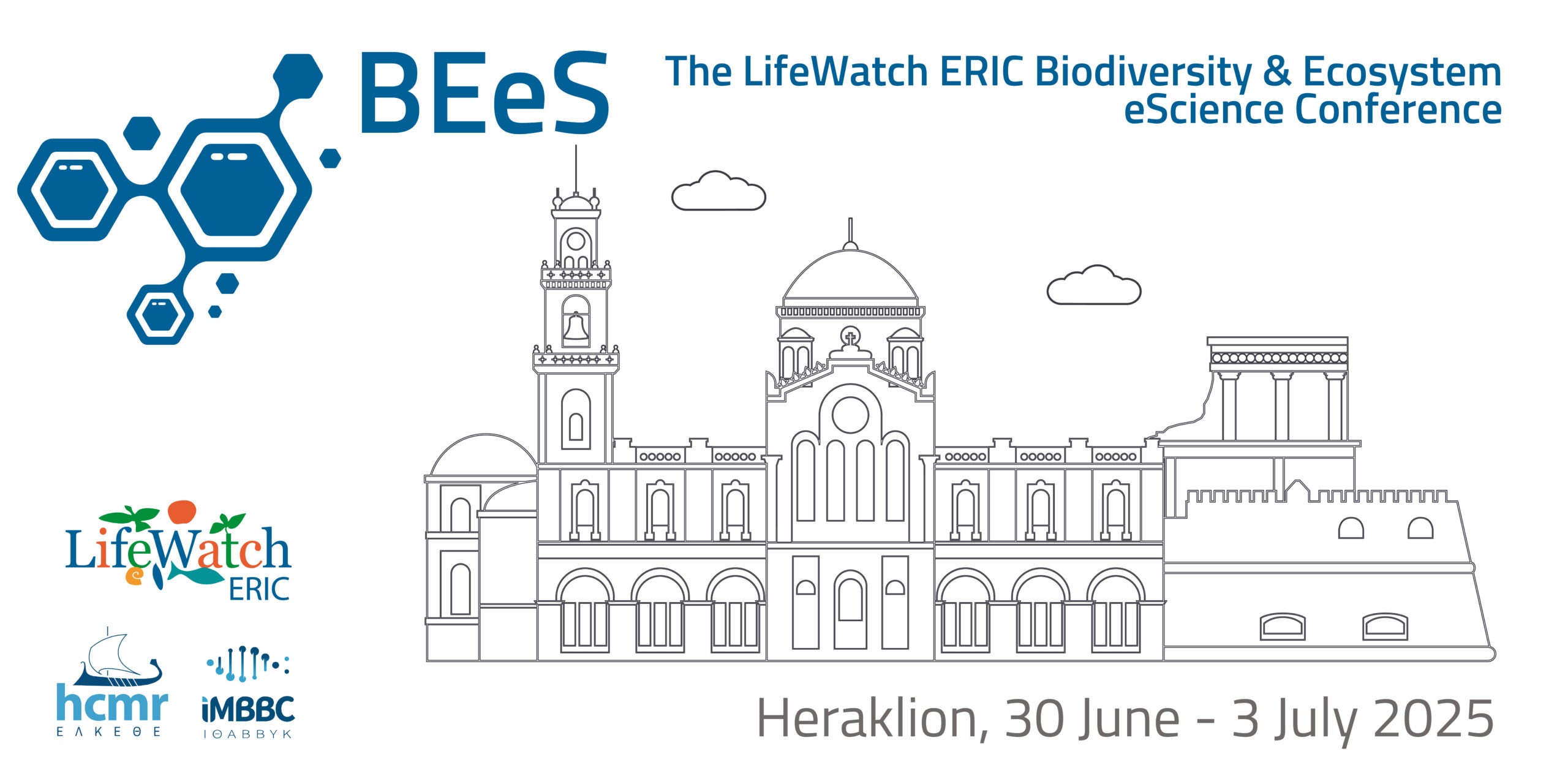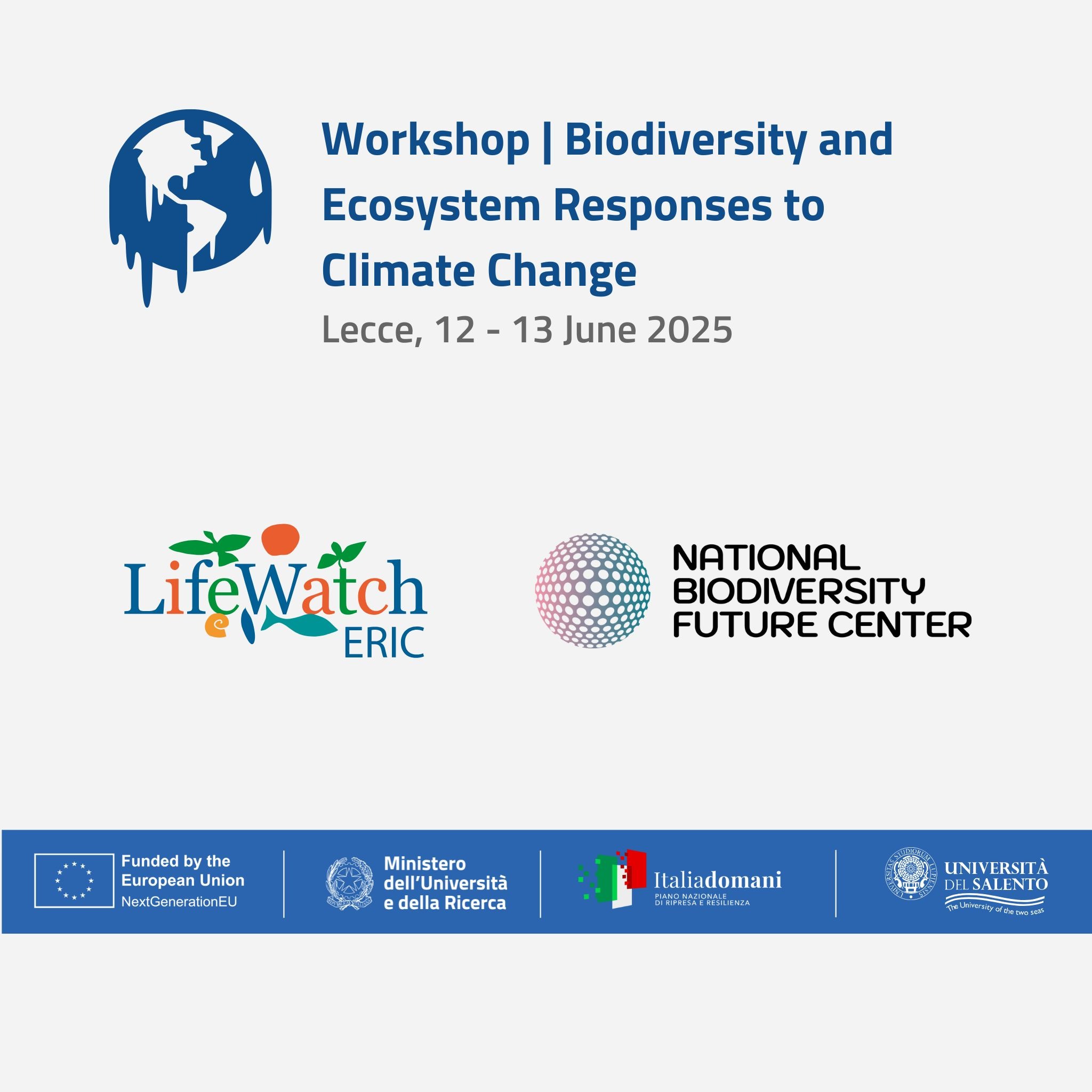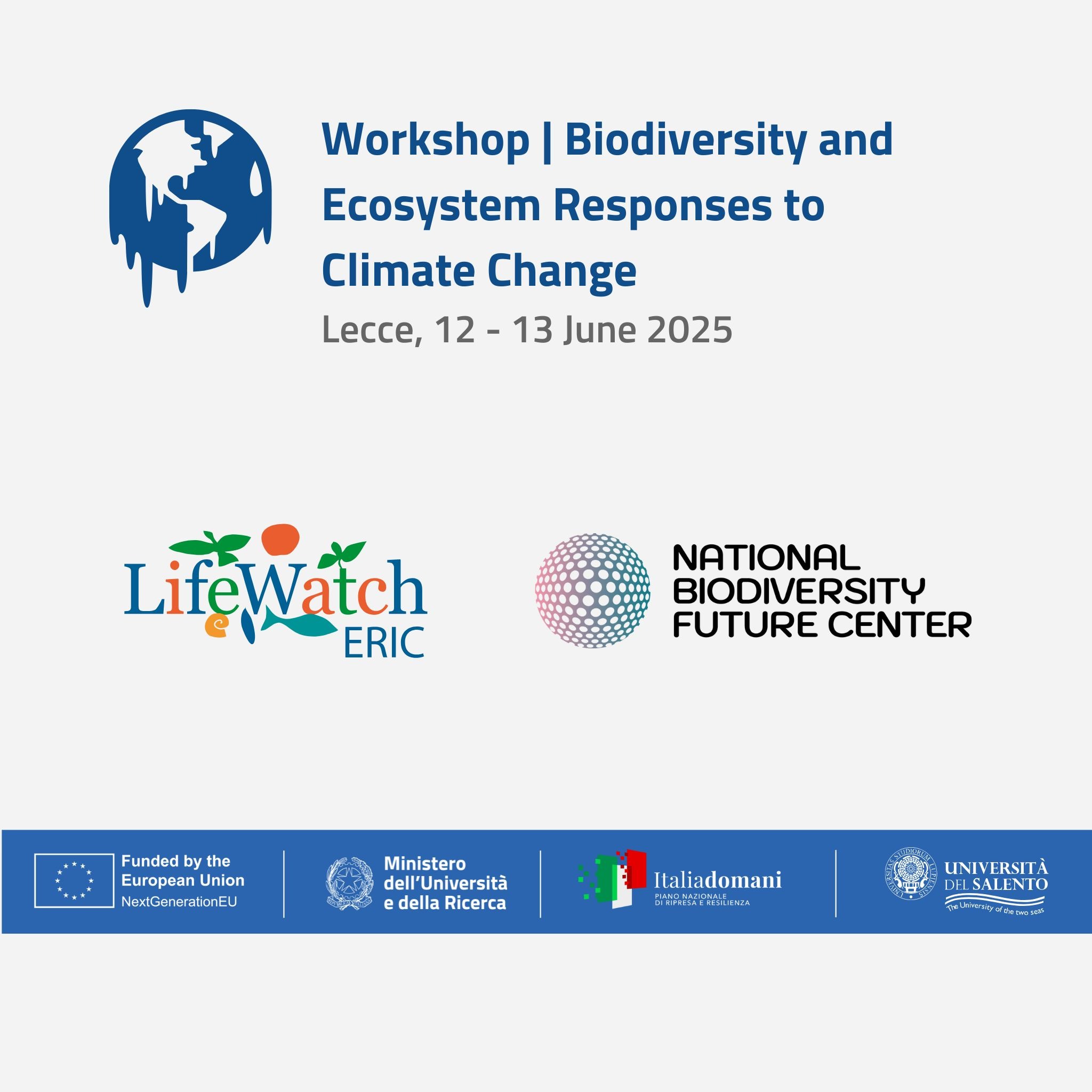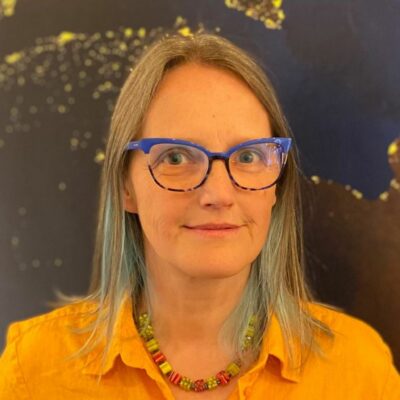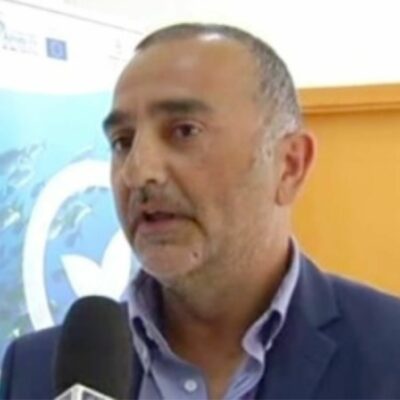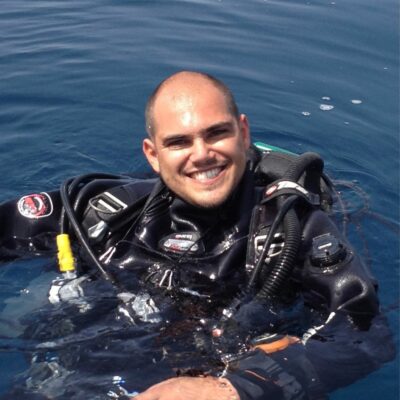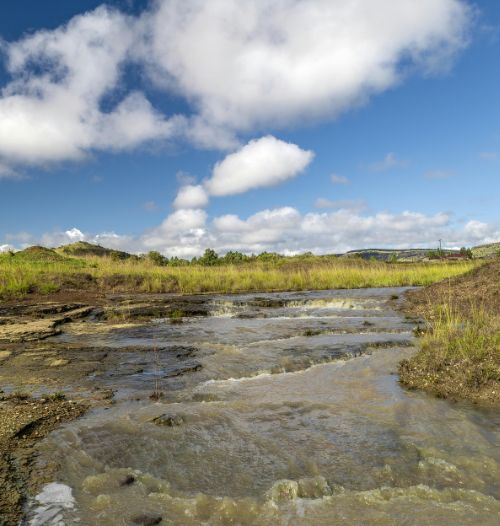Transportation
The city centre around 20 km from the airport, around 20 minutes by car.
To arrive from the airport using public transport, there is a specific BUS line called EA (“Especial Aeropuerto”) that connects the airport with the city, there are two stops close to the city centre and venue: Avenida Carlos V (Prado San Sebastián) and Paseo Cristóbal Colón (Torre del Oro).
SPECIAL AIRPORT BUS LINE
The EA Line (Especial Aeropuerto) service operates daily at the following times:
- To Seville: 05:20 a.m. – 01:15 a.m.
- To the airport: 04:30 a.m. – 12:30 a.m.
Frequency: Every 25–30 minutes
Journey duration: Approximately 35 minutes
TAXI
Another option is to take a taxi from the airport to the centre of Seville. The journey takes between 15 and 20 minutes.
- Fixed fare: €26
- Nighttime, weekends, and public holidays fare: Approximately €28
Taxi Services: +34 954 62 22 22 , +34 645 23 01 97 , +34 954 58 00 00
BUS
The public transport company (TUSSAM) operates a network of 43 daytime routes and 9 nighttime routes. You can check schedules and routes in English here: https://tussam.es/en
METRO
Seville has only one metro line, so mobility via this means is limited. More information in English: https://www.metro-sevilla.es/en

